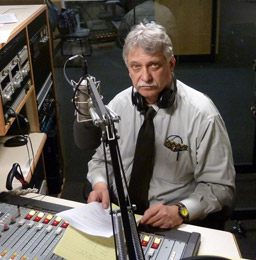Welcome back and Happy New Year! (Yes, I’ve been away.)
New years do seem to start off slow and gradually pick up steam (some faster than others) as we shake off the torpor of the old one. But I just saw something that gave me a jolting start to 2011: the Afghan war documentary “Restrepo.”
No, the film is not new; it was in theatrical release in mid-2010. But seeing “Restrepo” seems to have some special resonance now as we enter the year in which the U.S. is scheduled to begin some drawdown of troops in Afghanistan — with the policymakers’ caveat of “conditions permitting.” (However, 2014 seems to be creeping more into the war conversation.)
Shot in 2007 and 2008, “Restrepo” is a gripping and graphic record of a U.S. Army 15-man platoon’s deployment to a remote, isolated outpost in the Korengal Valley in Kunar Province. There are no interviews with generals or experts. There is no voiceover narration. As filmmakers Sebastian Junger and Tim Hetherington note on the film’s website, this is war, full stop.
The young men shown in the film are almost kids, for the most part. We see bravery, fear, guilt, boredom, exhilaration, grief, and bravado expressed in speech and writ large on their young faces.
One soldier emerges from a firefight with the Taliban talking about combat as being more addictive than crack cocaine. As one who has not only covered wars but served in one (Vietnam) I can attest to at least part of the truth of that. There is an adrenaline rush to being under fire and coming out the other end alive. I have known fellow correspondents who are as hooked on it as some soldiers. We call these reporters who go back to the danger zones again and again “war junkies.”
Except some do not emerge from the encounter with war. Some, man and woman, soldier and reporter, die.
I doubt that any filmmaker who might be allowed to embed with a Taliban unit for an extended period, as Junger and Hetheringon did with the men of Outpost Restrepo, would get the same unvarnished view of the war. And the Taliban no doubt have a hugely different view of things than the ISAF troops fighting them. But fear, loneliness, pain, bravery and, yes, adrenaline highs are part of any soldier’s world. In my imagination, at least, I would like to think that they share at least some of the same confused and conflicting emotions shown by the American soldiers of “Restrepo.”

